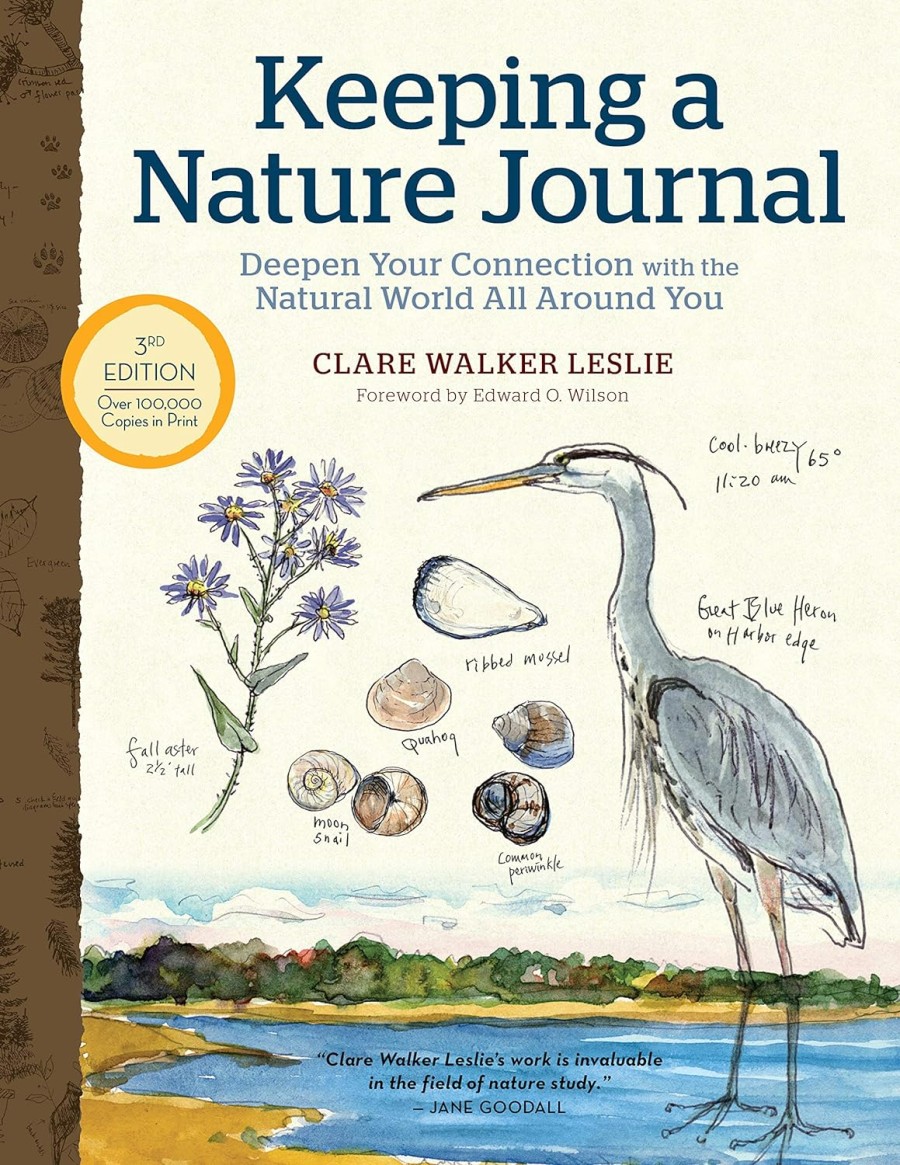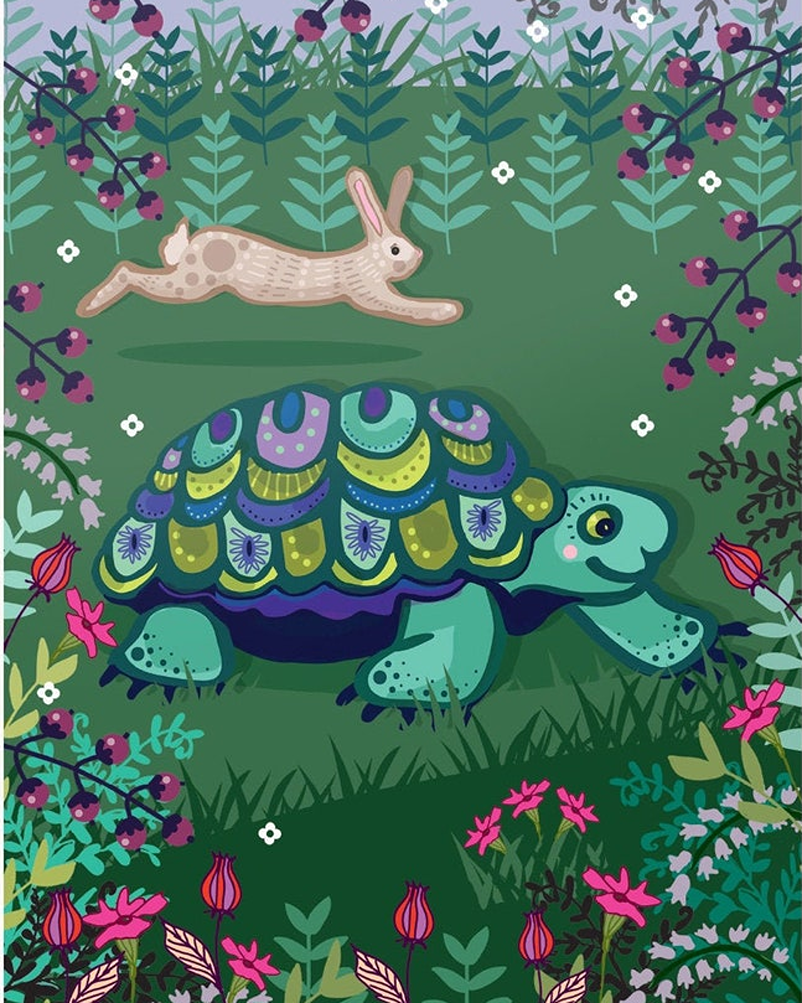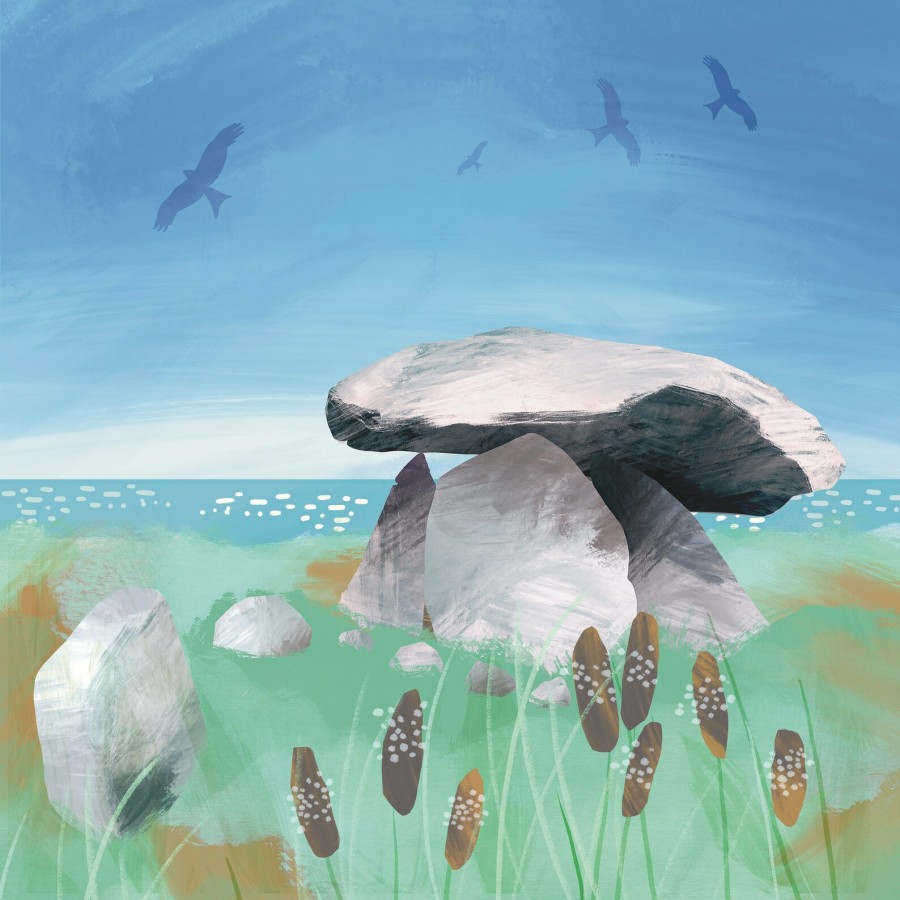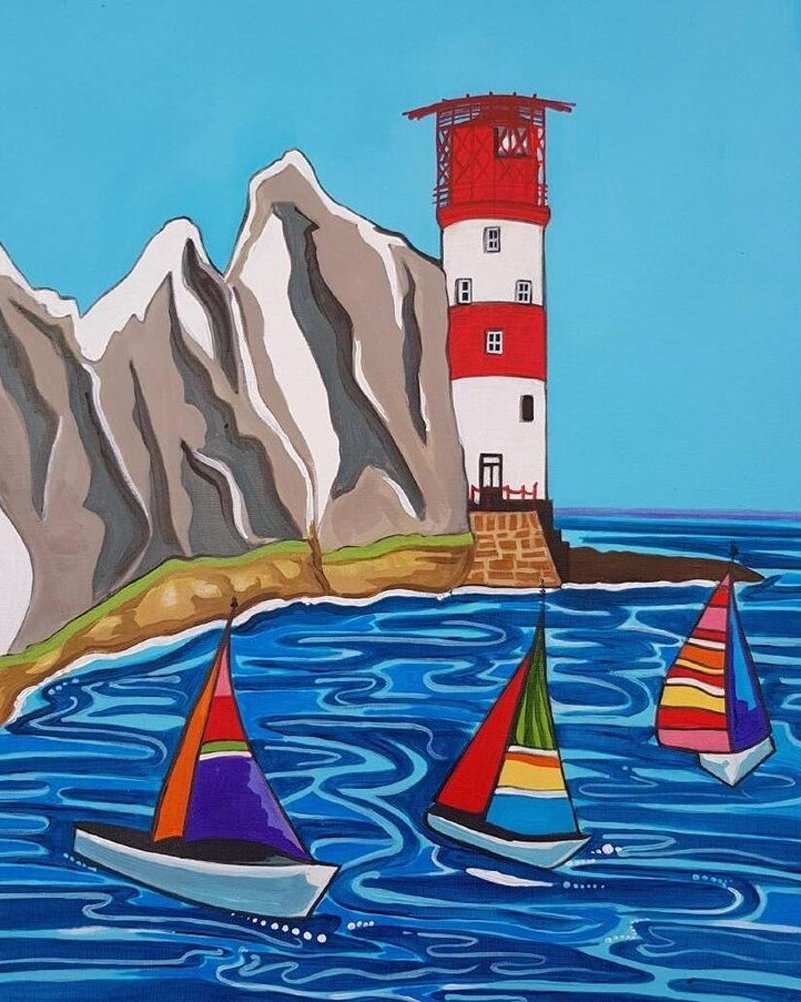A Beginner’s Simple Guide to the Solar System
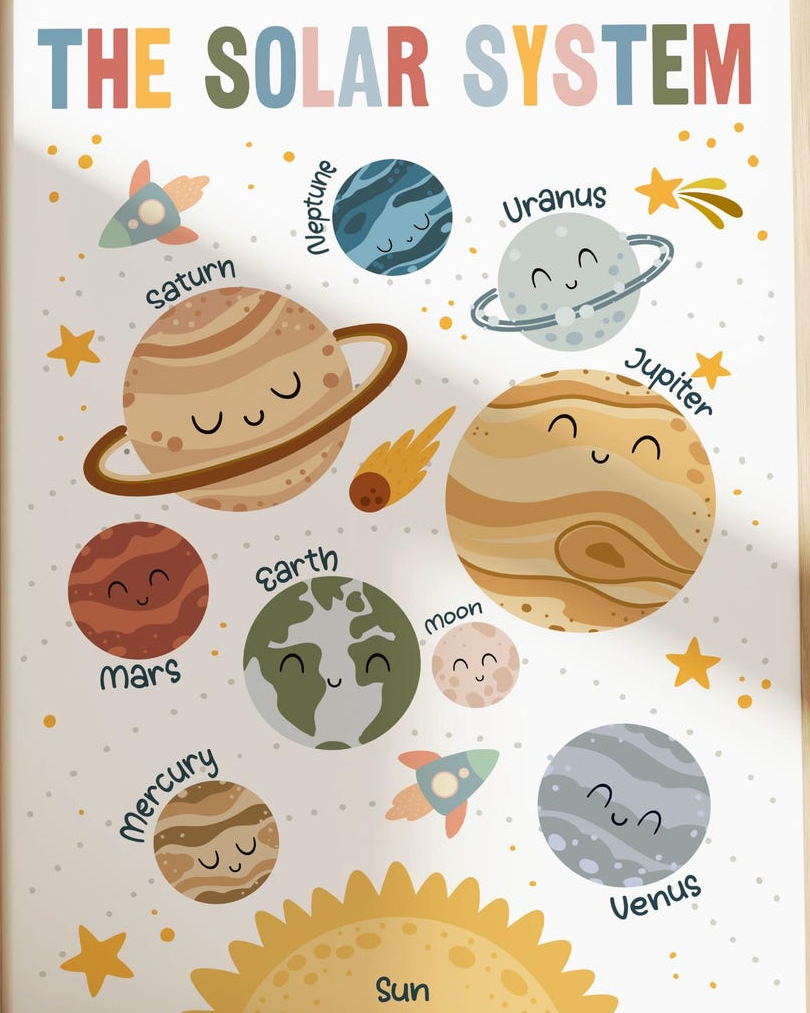
Many of us think that we should figure out getting this planet sorted, before wasting billions blasting people into space, to possibly pollute other planets too.
Watch The Day The Earth Stood Still (the original, not the remake). This is a wonderful sci-fi film, where an ‘alien’ arrives on earth, to stay at a local boarding house, to plan a massive ‘turn off’ of all power (except emergency power) to warn earth not to mess with other planets.
We Need Our Night Skies
Stopping light pollution is important to help birds, wildlife and marine wildlife. Most humans these days have never seen the Milky Way or Venus (the brightest planet), both of which should be able to be seen with the naked eye. With a telescope, you should also be able to see Uranus and Neptune.
When you fall into a Black Hole, you will literally be spaghettified. Dr Brian Cox
I’m only a four-dimensional creature. Haven’t got a clue how to visualise infinity. Even Einstein hadn’t. I know because I asked him. Sir Patrick Moore
There are only two ways to live your life. One is as though nothing is a miracle. The other is as though everything is a miracle. Albert Einstein
The Sun: The Large Hot Star
This is a large star made from hydrogen and helium. Its light and heat power all life on earth, including the weather and seasons. It takes around 8 minutes for its heat to reach earth.
The sun is four hundred million million million million watts. That is a million times the power consumption of the US each year, radiated in one second. And we worked that out by using some water, a thermometer, a tin and an umbrella. And that’s why I love physics. Dr Brian Cox (on the energy radiated by the sun)
Earth: Our Blue Home
Earth is the only known world with life. It’s around 70% water (a reason why most things released like balloons, end up in the sea, harming marine creatures). A balanced atmosphere protects it from harsh sunlight and space debris. And a mix of nitrogen, oxygen, and trace gases supports complex ecosystems.
Our Moon steadies Earth’s tilt, which helps keep seasons regular. From space, Earth glows blue and white, a sign of seas and clouds. That view reminds us how rare this balance may be.
Venus: Earth’s Hot Twin
Venus is close in size to Earth, yet could not be more different. Thick clouds trap heat in a runaway greenhouse effect. The surface is hot enough to melt lead, roughly 465 degrees Celsius. It rotates backwards, so (unlike on earth where the sun rises in the east), here the sun rises in the west.
Mercury: The Swift Messenger
Mercury races around the Sun in just 88 days. It sits so close that its surface bakes in daylight, then freezes in night. Air is almost absent, so heat has nowhere to hide. It’s covered in craters, and as it spins so slowly, it strangely has days that last longer than years! Its name is from a Roman god.
Jupiter: King of the Planets
Jupiter is the largest planet by far, a giant of hydrogen and helium with no solid surface. It is home to fierce storms, including the Great Red Spot, a centuries-old tempest larger than Earth. Its gravity shapes the paths of comets and asteroids, which can spare Earth from some impacts. Jupiter has about 95 known moons, from volcanic Io to ocean-hiding Europa. Its magnetic field is immense, trapping charged particles in a harsh belt.
Saturn: The Ringed Wonder
Saturn is famous for its rings, a wide, thin disc of ice and rock that gleams in sunlight. The planet itself is so light that, on paper, it would float in water. Its moons are a varied group. Titan stands out with a thick atmosphere and lakes of liquid methane and ethane. Enceladus shoots plumes of icy water into space, a sign of a hidden ocean.
Uranus and Neptune: The Ice Giants
Uranus and Neptune sit on the far edge of what we call the planetary zone. They are smaller than Jupiter and Saturn, and richer in water, ammonia, and methane, which earns them the name ice giants. Uranus is tipped on its side by about 98 degrees, so its seasons are extreme and long. Neptune shows a deep blue hue, and it hosts the fastest winds measured in the solar system.
Mars: The Red Planet
Mars owes its colour to iron oxide, a rusty dust that coats much of its surface. It has polar ice caps that wax and wane with the seasons. Olympus Mons, the largest volcano in the solar system, towers over its plains. Ancient channels hint that water once flowed here. Rovers and orbiters have searched for signs of past habitability, and some have found minerals that form in water.
Dwarf Planets, Asteroids, and Comets
Pluto, once the ninth planet, is now classed as a dwarf planet. It orbits in the Kuiper Belt, a ring of icy bodies beyond Neptune. Ceres, in the asteroid belt between Mars and Jupiter, is also a dwarf planet. Asteroids are rocky remnants from the early days of planet building. Comets are icy wanderers from the Kuiper Belt and the far-off Oort Cloud.

